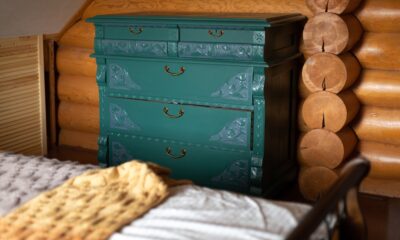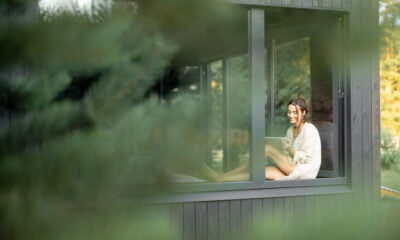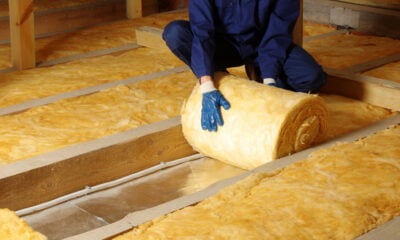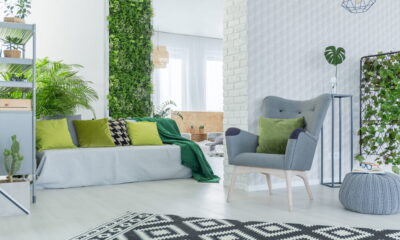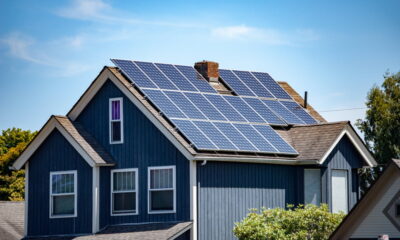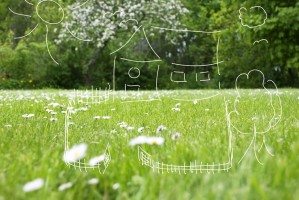

Economy
4 Ways to Plan a Sustainable Home from the Ground Up
Matt Doyle, CEO of Excel Builders, a Maryland-based, family-owned construction company with a focus on the latest green building techniques, writes about four ways to plan a sustainable home from the ground up.
Craft a Sustainable Floor Plan
It all starts with the basic layout of your new home. In maximizing sustainability, you’ll want to consider the size and the shape.
The most sustainable homes are those that don’t take up much space in the first place, but that doesn’t mean you have to go small. Building “up”—choosing more stories over more floor space—means a smaller impact on the ecosystem around your home. Simply smaller is good, too. Small homes can always be heated and cooled more efficiently.
The shape of your home plays a part in its sustainability, and there are considerations to make. Open floor plans reduce the materials needed, which is great. Closed floor plans, however, can also allow the house to be heated and cooled in only the sections you’re using.
Source the Right Materials
You have dozens of new options when it comes to building your home with the right materials.
There are ways to make traditional lumber-built homes more sustainable, but you certainly have more options than that. Several break-out trends have opened up options for home builders in just the last few years.
If you’re a traditionalist, you might like that some movements are trying to bring back Cob and natural pressed-earth homes. Since these homes are made of, well, dirt, they are about as environmentally-friendly as it gets.
If you’re looking for something a little more space-age, you should consider what is being done with concrete these days. No doubt you’ve seen images of concrete homes out of Norway or Sweden, where they are a popular choice against the cold weather. The natural heat trapping of modern insulated concretes rivals the best home insulation materials that have ever existed.
Embrace Natural Light!
To build the most sustainable home, you want to control energy use however you can. Lighting is one of the most constant sources of energy use, and with the right planning, you won’t need it during the day.
Large windows in the rooms you intend to use the most will make it easy for you to avoid unnecessary use of your lights. Sky lights are particularly effective, since they capture more direct sunlight during the day.
Additionally, you can give your outdoor spaces more utility, so that you have a reason to spend more time in natural sunlight. Adding more useful furniture to patios, porches or decks can allow you to do more of what you need to out in the fresh air.
Explore New Power Options
Now that you’ve got a home planned, you should think about how you’re going to power it. If you’ll be using your local utilities exclusively, there are ways that you can make your home as efficient as possible.
Buy great insulation and strong, layered windows to prevent the escape of heat. Use rooms with plenty of natural light so that you don’t need to use your electric lights. Follow best practices with electronics, such as not leaving them plugged in when not in use. Alternatively, you can pursue sustainability with new sources!
Solar power has been popular for many years, and good panels are more affordable than they’ve ever been. You probably know all about that, though. You may not know about the great new options out there! In cold places, some homes have supplemented their heating with thermal vents that pipe in heated air from deep in the ground. As battery technology improves, the viability of bike-powered home batteries is beginning to come to the market.
There are so many ways to build a sustainable home. Which one is your favourite?


 Environment10 months ago
Environment10 months agoAre Polymer Banknotes: an Eco-Friendly Trend or a Groundswell?

 Environment11 months ago
Environment11 months agoEco-Friendly Home Improvements: Top 7 Upgrades for 2025

 Features9 months ago
Features9 months agoEco-Friendly Cryptocurrencies: Sustainable Investment Choices

 Features10 months ago
Features10 months agoEco-Friendly Crypto Traders Must Find the Right Exchange
